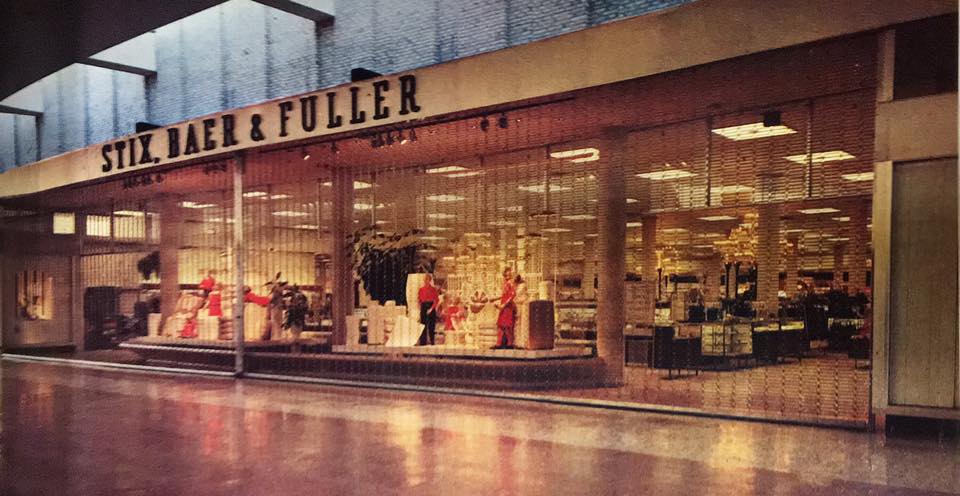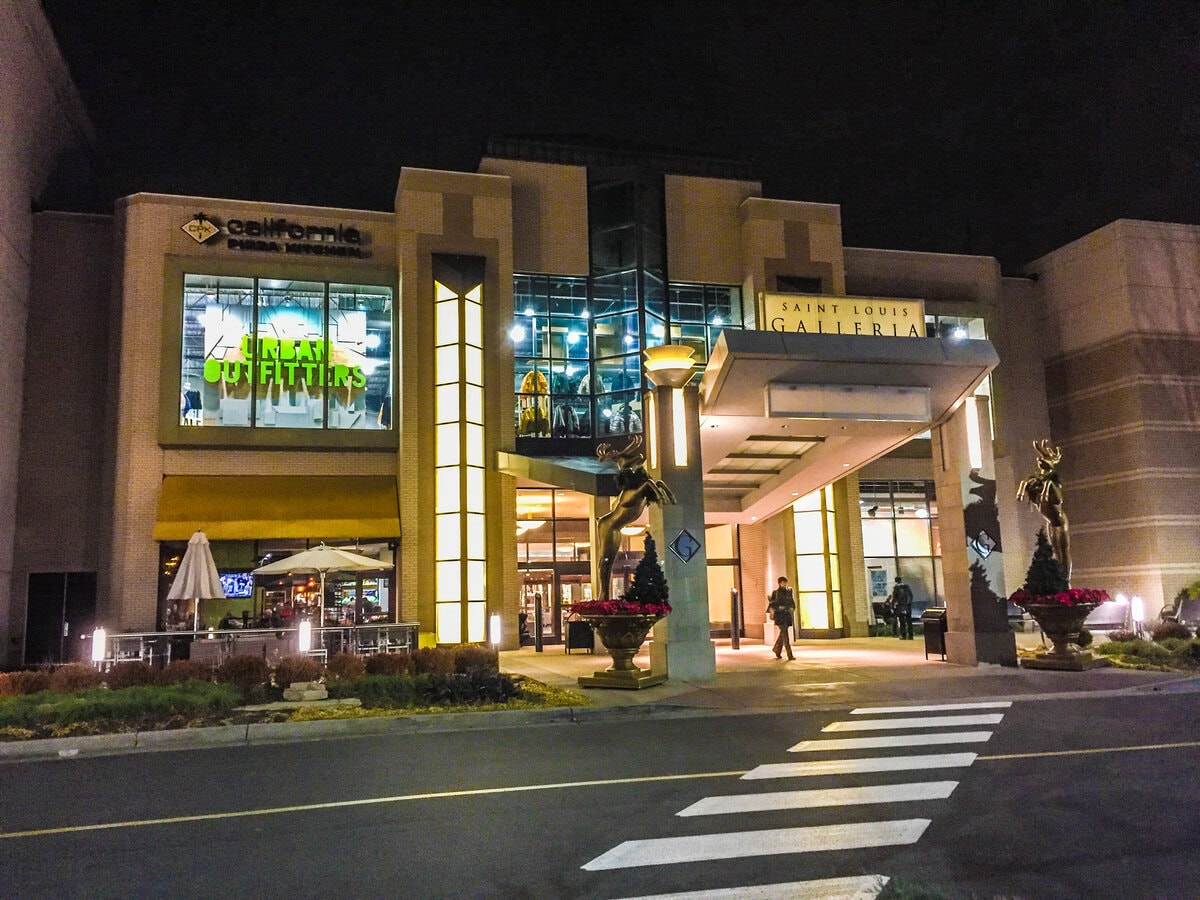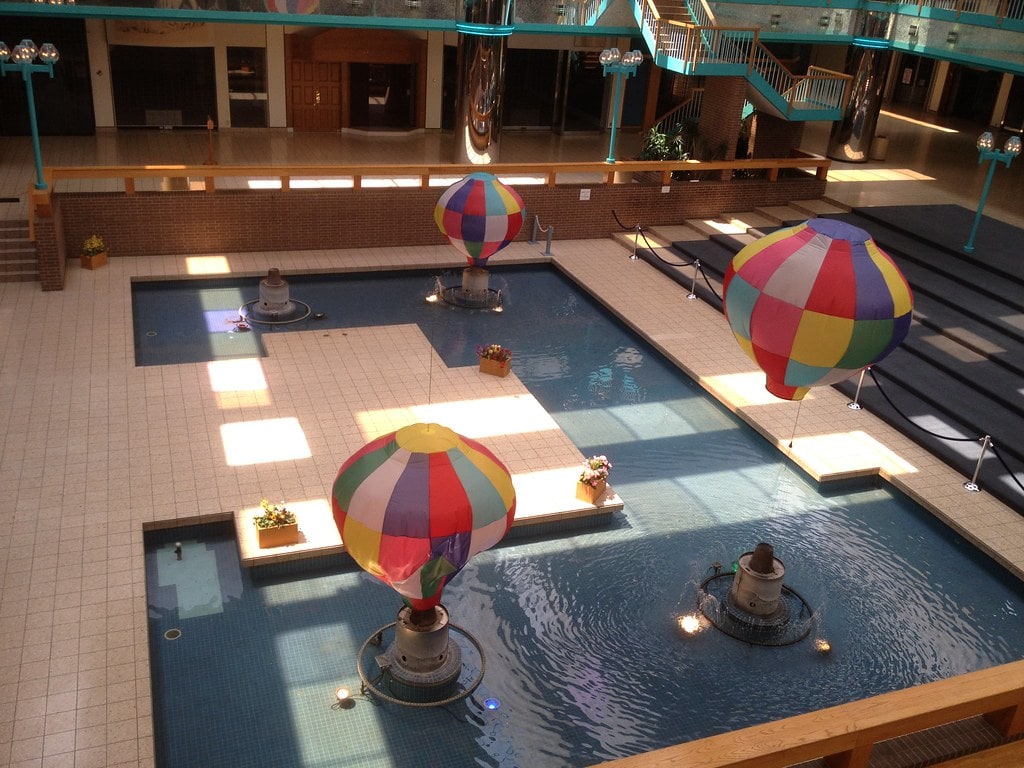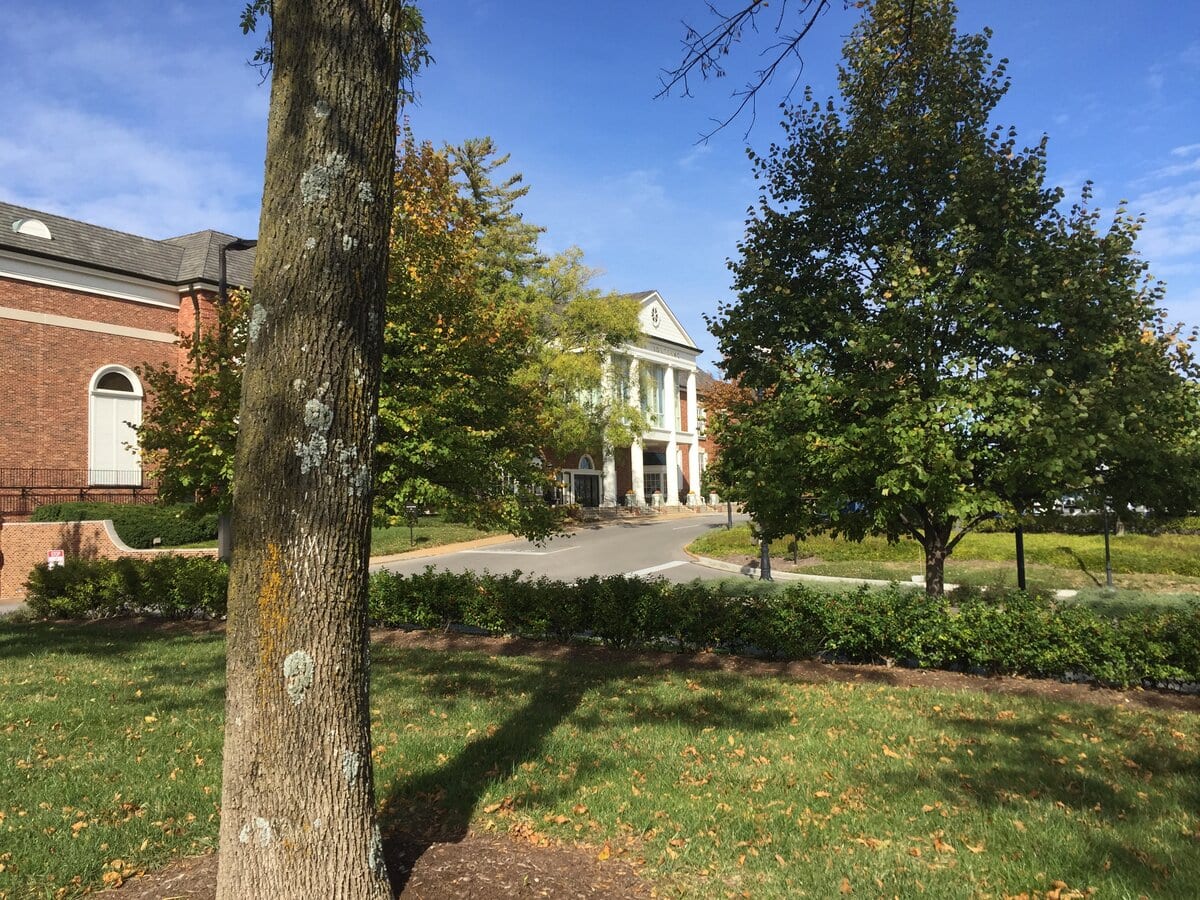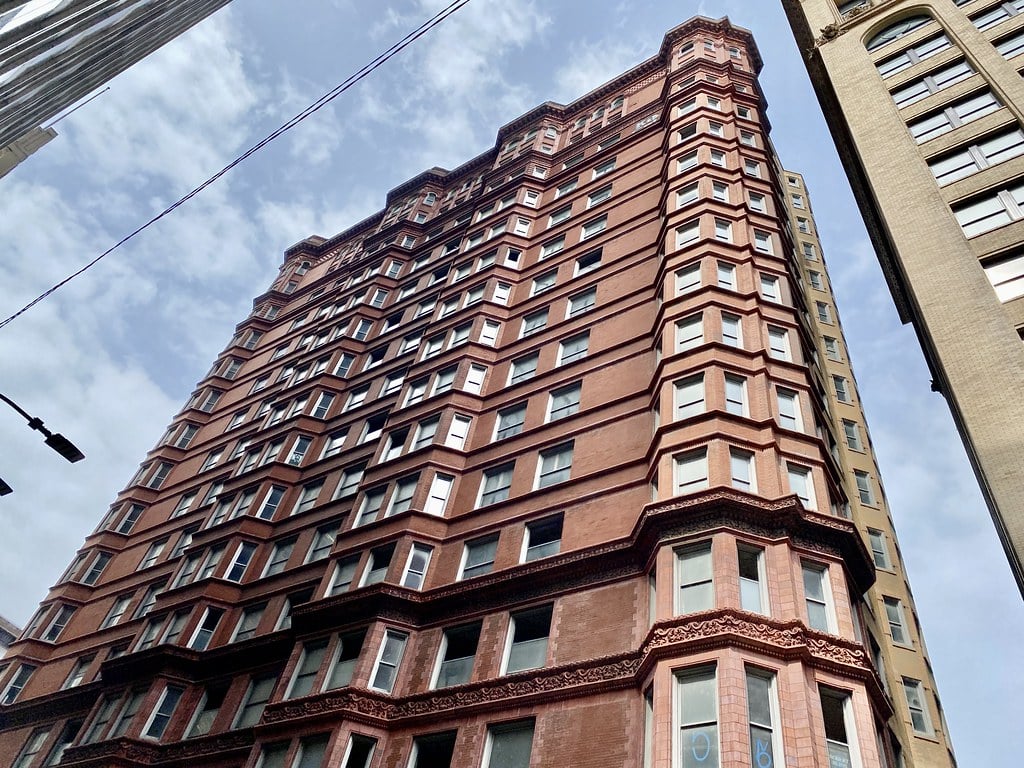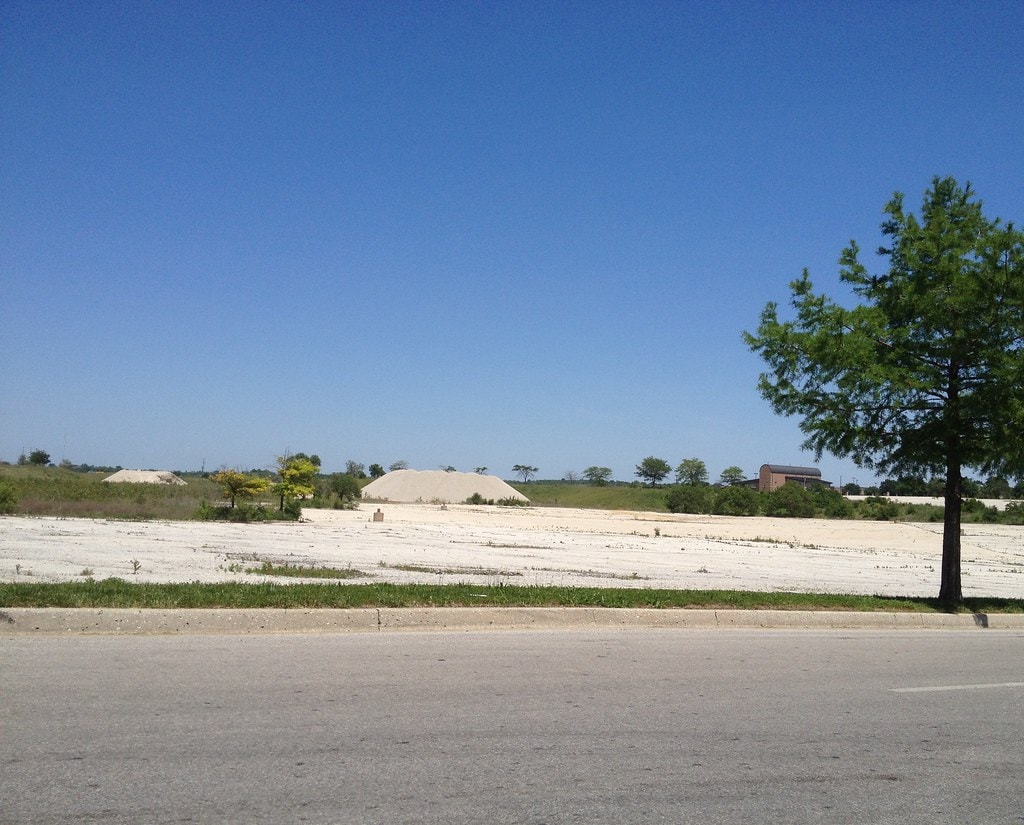Springfield has always had its share of big headlines, but the stranger stories tend to slip through the cracks.
A downtown café quietly invented something that would change how Americans eat. A snowstorm showed up the morning after a summer day.
Officials once handed out hillbilly medallions, live country music broadcasts reached coast to coast, and a lemur led police on a late-night chase. There's a reason the city got its name, and it wasn't after a spring or a field.
This isn't a list of highlights; it's a set of details that even longtime residents might not know, all pulled straight from Springfield's own records.
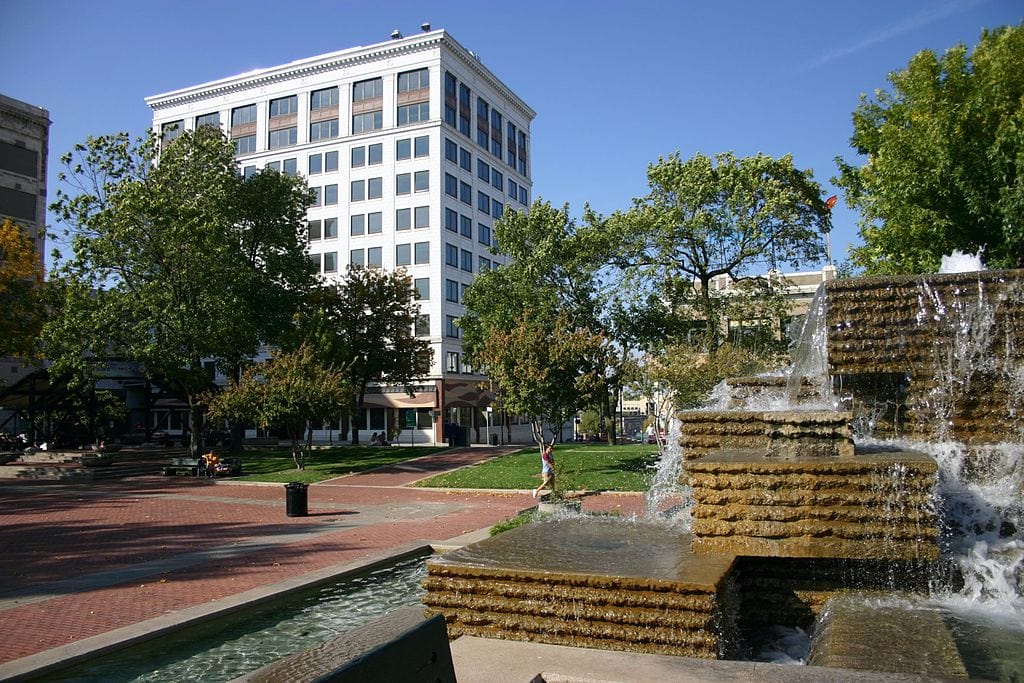
Springfield Got a Name Over a Jug of Whiskey
According to local accounts, the naming of Springfield involved a group vote in the 1830s where a man named James Wilson promised a jug of whiskey to every settler who would vote for the name "Springfield."
Other names under consideration included Campbell, after a prominent settler family.
Wilson, who had lived in Springfield, Massachusetts, wanted to honor his former home.
The meeting took place near a large spring and open field, which also matched the name.
While official documentation is limited, the whiskey story has appeared in multiple local histories.
It has been passed down as part of the city's folklore. The vote reportedly happened under a large elm tree.
Springfield is Home to the World's First Drive‑Through Restaurant
Red's Giant Hamburg, a small eatery built onto a gas station on Route 66, is considered the first restaurant in the world to install a drive‑through window.
The founder, Sheldon "Red" Chaney, opened it in 1947 on what is now West Sunshine Street.
Originally a gas station operator, Chaney started selling hamburgers and eventually realized his customers wanted food without leaving their cars.
He cut a hole in the wall, added a sliding window, and created a model that would be copied around the world.
The original closed in 1984, but in 2019, a replica was rebuilt near the original site using photos and menu boards saved by locals.
The First Wild West Shootout Happened on Springfield's Public Square
In July 1865, Springfield's public square became the site of what many historians call the first recorded Wild West-style shootout.
It began when Davis Tutt and James Butler Hickok, later known as Wild Bill, disagreed over a pocket watch that Tutt claimed as collateral for a gambling debt.
Hickok warned him not to wear the watch in public. Tutt did anyway, and the two men faced each other across the town square.
Hickok fired first, hitting Tutt in the chest from 75 yards away.
He was arrested but later acquitted by a jury. The spot of the duel is still marked in what is now Park Central Square.
A May Heat Wave Was Followed by Snow the Next Day
In May 2013, Springfield saw temperatures above 80 degrees Fahrenheit on May 1, followed by measurable snowfall on May 2.
It was the second recorded instance of May snow in the city's history, the first having occurred in 1929.
The snow event came after a strong cold front pushed into the Ozarks region, causing a drop of over 40 degrees in less than 24 hours.
Flurries fell across Greene County and briefly stuck to grass and car tops.
Springfield's weather is influenced by both warm air from the Gulf of Mexico and cold air from Canada, making sudden swings common.
Still, snow in May remains rare even by local standards.
City Officials Once Gave Out "Ozark Hillbilly Medallions"
For decades, the Springfield Chamber of Commerce awarded a symbolic honor known as the Ozark Hillbilly Medallion.
The award was given to notable visitors who had, in the words of the certificate, demonstrated a willingness to endure the "hardships and pleasures of the Ozarks." Recipients were declared honorary hillbillies and given a printed proclamation and medallion.
Among those who received it were President Harry Truman, military leaders such as General Omar Bradley, and performers passing through Springfield's theaters.
The medallion depicted a bearded figure holding a jug and was typically awarded during visits, speeches, or public ceremonies.
The tradition faded out by the late 20th century.
Springfield's Country Music Shows Aired Coast to Coast
In the 1950s, Springfield became a television center for country music with the Ozark Jubilee, a weekly show broadcast live on ABC.
It aired from the Jewell Theatre downtown and featured stars like Porter Wagoner and Brenda Lee.
At its peak, it reached millions of viewers and introduced the Ozarks to a national audience.
A follow-up show called Five Star Jubilee aired in 1961 and was the first national television program broadcast in color from outside of New York or Los Angeles.
Both shows were produced by KYTV, Springfield's local station.
Though the national spotlight eventually moved to Nashville, Springfield played a defining role in early televised country music.
A Castle in Springfield Once Held Prisoners of War
Pythian Castle, built in 1913 by the Knights of Pythias, was originally used as a home for widows and orphans of the fraternal order's members.
During World War II, the U.S. military took control of the building. It used it as part of the nearby O'Reilly General Hospital complex.
The castle housed German and Italian prisoners of war, some of whom were treated for medical issues or assigned work duties in support buildings.
After the war, the castle returned to private use.
Its limestone turrets and arched doorways still stand, and the building is open today for historical tours, offering a glimpse into an unexpected chapter of wartime Springfield.
A Two-Story Jail Still Sits in Downtown Springfield
Springfield's Old Calaboose, built in 1891, is one of the smallest standalone jails in Missouri.
It sits just a block from the square on W. McDaniel Street and measures only 26 feet on each side.
The two-story structure served as the city's jail until 1921. It held prisoners charged with disorderly conduct, minor theft, or public intoxication.
Its design mixes Palladian and Greek Revival elements, unusual for a jail of its size.
The name "calaboose" comes from a slang term used in the 19th century for small-town jails.
The building remains intact today and is listed on the National Register of Historic Places.
A Springfield Department Store Once Had a Rooftop Observatory
Heer's Department Store opened in 1915 as an ambitious commercial building in downtown Springfield.
Along with retail floors and an ornate lobby, it featured a rooftop observatory with a public viewing platform.
It also housed a radio broadcast booth and a police communication hub for winter operations.
Heer's installed escalators in 1951, and by 1969, it had modernized with a glass and metal facade that covered the original classical detailing.
The store closed in the 1990s and sat vacant for years. After redevelopment in 2014, the building reopened as a residential complex.
The original observatory is gone, but traces of its civic ambition remain in architectural records.
A Springfield Carillon Festival Draws International Musicians
Each June, Springfield hosts the International Carillon Festival at Washington Park, drawing performers from around the world to play the massive instrument housed in the Thomas Rees Memorial Carillon.
The 132-foot-tall tower contains 67 cast bronze bells and was completed in 1962 as a gift to the city.
During the festival, musicians perform nightly concerts using a wooden keyboard connected to the bell clappers.
Attendees spread blankets across the lawn and listened from the grass as the tower chimes through the evening.
The festival runs for several days each year and includes tours of the tower. It remains one of the few regular carillon events in the country.
A Lemur Escaped and Led Police on a Foot Chase
In September 2023, Springfield police officers spent part of a night shift chasing a lemur through the park area.
The animal had slipped away from its owner and was moving quickly across paths, parking lots, and grassy areas near the park entrance.
Body camera footage showed officers trying to corner it using towels, with the lemur darting past flashlight beams and car tires.
One officer shouted, "We've got it surrounded," while a second attempted to toss a towel over the animal.
Springfield law prohibits keeping exotic or wild animals as pets.
After the capture, the lemur was placed with a licensed wildlife facility outside the city.

